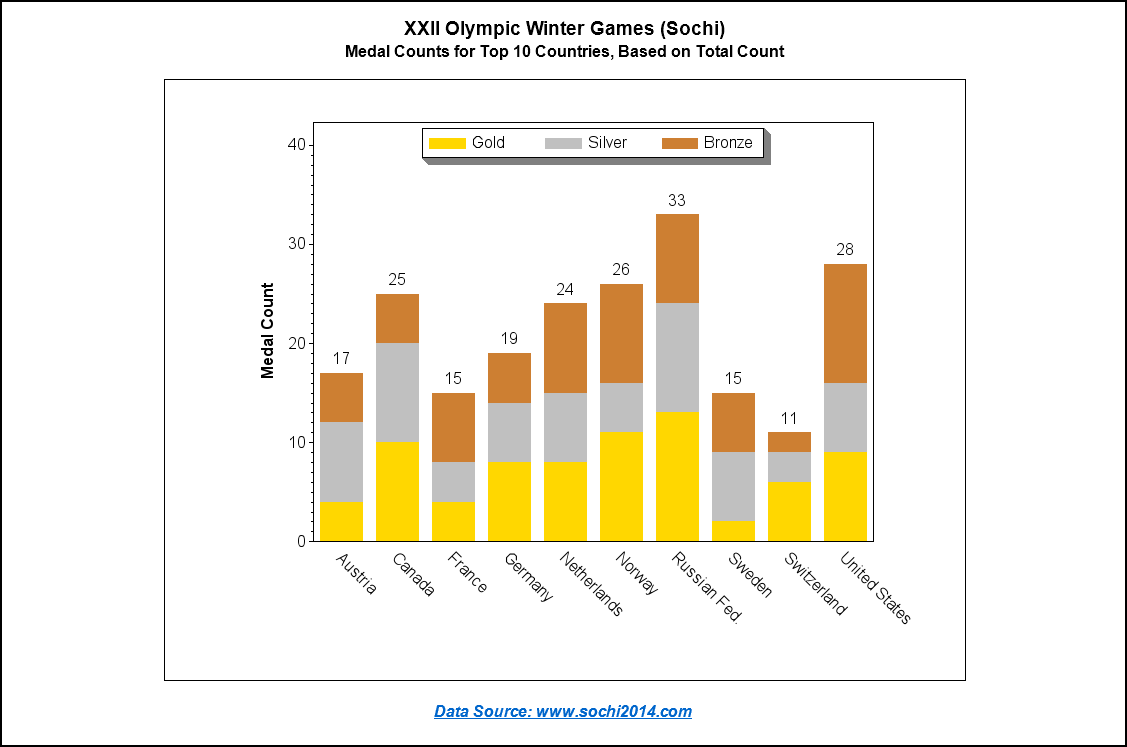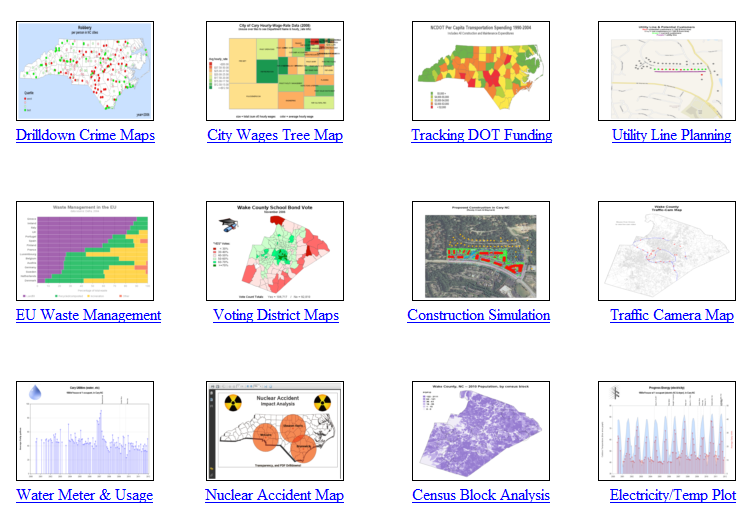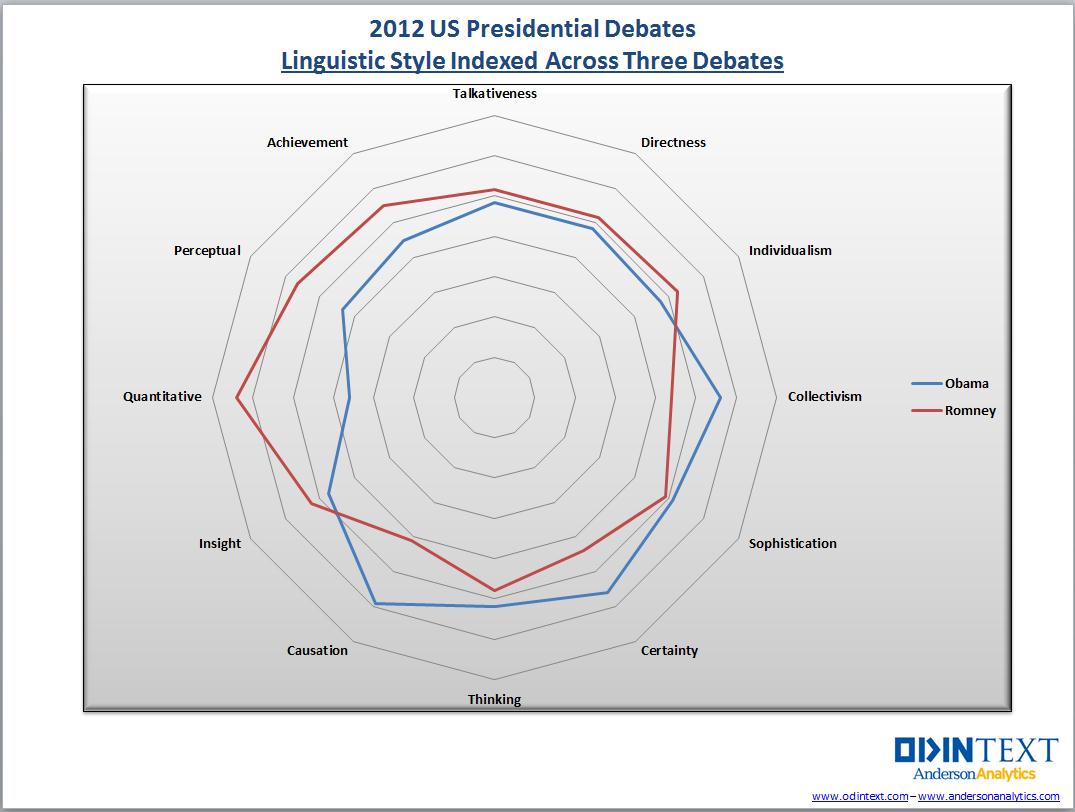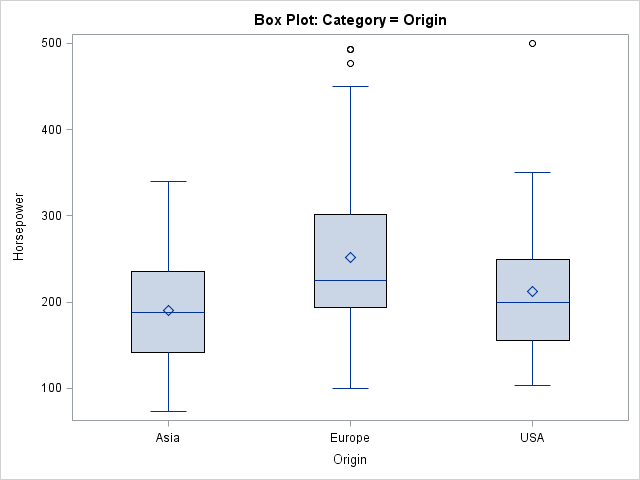
Like every SAS procedure, PROC REPORT generates error messages that are specific to that procedure. Some of these errors are easier to understand and work around than others. In this blog post, I show six of the trickiest errors, explain what might be causing the error, and give advice for

















